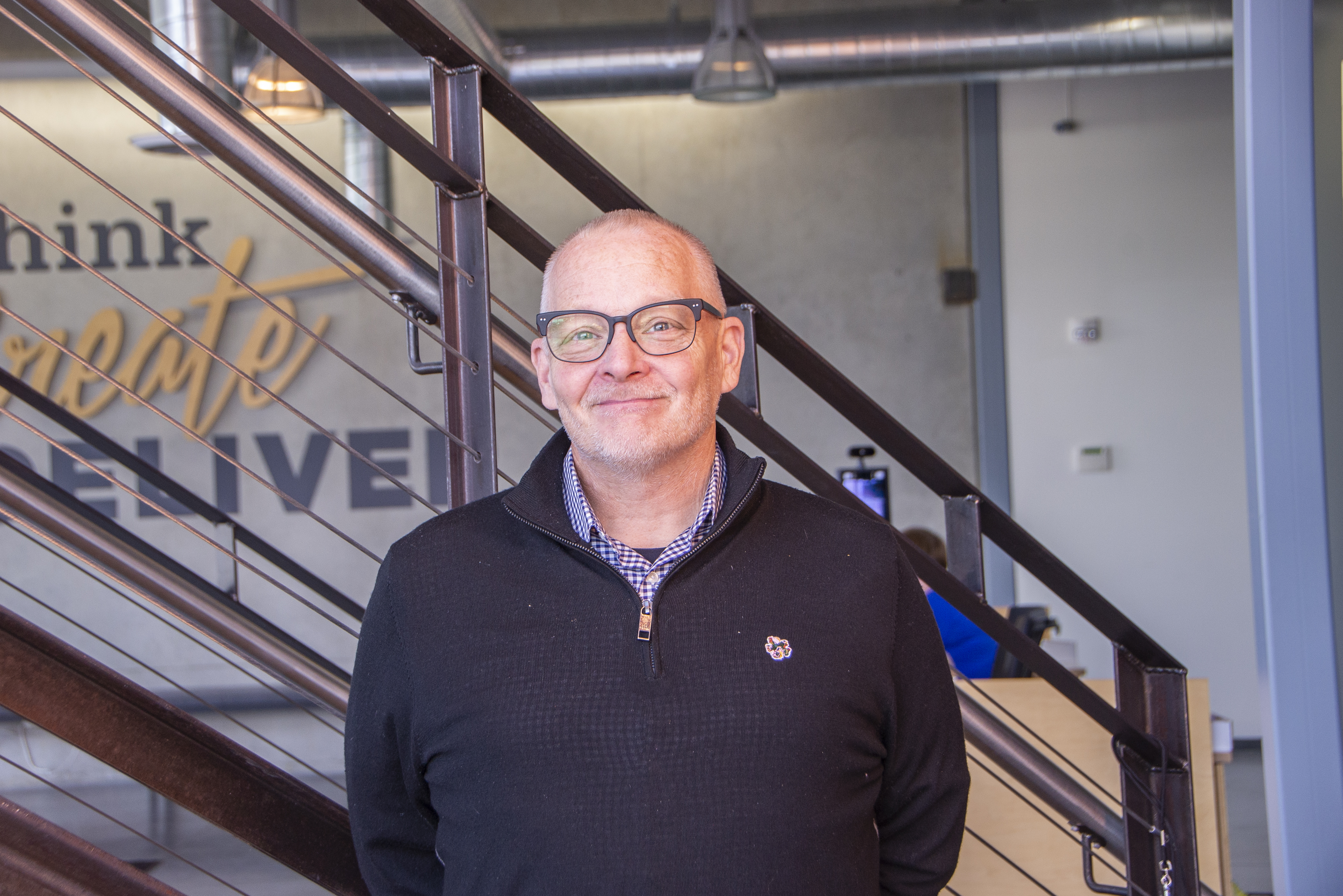Blog Technology
April 18, 2023
An Evolving Industry, Infinite Possibilities
 Technology’s Impact on the Print Industry
Technology’s Impact on the Print Industry
One small step into a new role, one giant leap into a new world. This was the transition I have just made: from over a quarter century in the digital space, from what we once called new media, to client/server, to Web 2.0, to “third platform” (the collective and frenzied narrative around the simultaneous emergence of social, mobile, analytics, and cloud), and finally to the age of digital transformation. It was a long, strange trip, and with the admission that I would never know it all, I was in for a rude awakening of just how right I was.
Agency life had a few divergent paths. There were media paths, SEO paths, creative paths, strategic paths, and the less talked about enterprise tech path. While the agency rightly had to dance through all of those, my specific remit was to keep up with how our behemoth-size clients were doing things, and “act as if” in terms of performance, scale, and security in everything we built. Not every agency was into this, and so it was a differentiator for us—but with the caveat that it was often difficult to talk about or sell the innovation stories to a CMO or SVP of Marketing. The work was almost always pitched in a careful combination of words and pictures that were targeted at a specific audience, with the assumption that the technology just worked. The back-end whiz-bang was always a better story, for another day, with a whole other group of people in the room. That room was usually more of an interrogation-style atmosphere with an IT, security, or procurement team that wanted to know how close our railyards were to the nearest nuclear facility. (This really happened. You could look it up.)
Once engaged, the work of building was always the most satisfying part. To connect the dots and create those intangible parts that “just worked” and enabled the seamless user experiences that were so carefully planned and orchestrated to delight any end user, no matter what their need.
More Fun in the New World
For anyone wondering how the experience above could possibly be applied to the print industry, I must confess that I did as well. Never one to back away from a challenge, I was curious and excited as I took my first walk-through tour of the SODO facility. I had seen it before, but this time was different, as I was handed the keys to the tech stack. I was on a mission to understand what was driving the machinery that produced everything that was headed out the door.
Yes, some of the pieces are relatively straightforward: art goes to pre-press, pre-press goes to plating, and plating goes to the offset printers. Simple process, right? But there was a lot more to it than that. The presses—digital, digital web, offset web, sheet-fed, roll-fed, are all highly tuned and calibrated technology that require highly skilled operators and experts to make those machines perform to specification on each piece.
Moving from the main plant floor and walking through the digital area, my understanding of the depth and breadth of data that was driving variable print jobs, and the underlying proprietary back-end technology that drove the automation of those jobs, was where the dots all started to connect in my mind. As we wrapped the walk-through and I looked at the plant floor from the mezzanine, I could see the zeros and ones flying across the plant floor by the millions, making their way to the freight doors and onto mail trucks, driven by a careful combination of automation, data, and artisanship.
Foundations
Within the first four weeks, the foundational aspects of how technology was driving this industry became unbelievably obvious. No matter the deliverable, this is a technology-forward business, in search of constant evolution and running on a steady diet of continuous improvement. A perfect application for the concept of Systems Thinking, to create strong foundations for the ever-evolving speeds and feeds of the presses, and the data fuel the presses run on to create value for customers.
While walking through our Maryland plant, checking out one of the old-school offset presses that still runs like a top, it was clear that its days were numbered. Eventually this press will be upgraded in favor of technology that allows a finer and faster touch on the finished piece, as well as integration with data sources that personalize what rolls off—and just as importantly, the business intelligence to track deadlines and machine performance. Pair this with the artificial intelligence that informs our scheduling based on all the variables that go into running daily operations, and you realize what a technology-driven business we’re in.
So, What’s Next?
Taking this giant leap has taught me that technical advancements are coming as fast as we’re producing the jobs. Every day we talk to OEMs about where they’re headed, and how that will better help us apply the most current and secure technical capabilities to bring increased value to our customers. There are so many possibilities as the equipment manufacturers embrace the same models that brought our agency business so much success in servicing enterprise clients.
As I’ve often joked, our technology roadmap functions more like a GPS app, turning us to avoid the red lines of traffic and road construction, and turning us onto the fastest and most efficient paths. Holding true to some guiding principles like scale, performance, and security has allowed us to be thought leaders in how we solve customer problems via technology. This journey has been a master class in the value of technology in this industry. And I could not be more grateful to be on the trip with this forward-thinking, curious, and dynamic team at DCG ONE.




